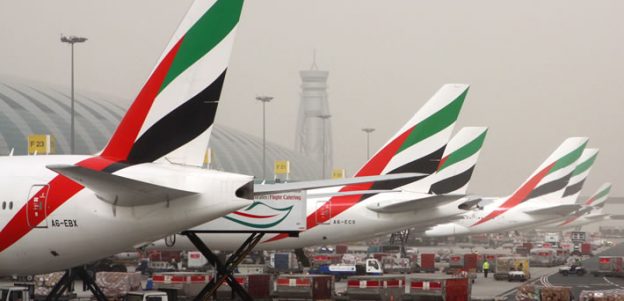It’s been a couple of months of positive news from the Middle East aviation industry. No-where was that more in evidence than at the 13th annual Airport Show in Dubai.
Speakers all highlighted the importance of aviation to the regional economy, and also the significance of airspace as the ‘invisible infrastructure’ connecting airports – “airspace is our oxygen” said one speaker. The fact that this speaker was Turkish was not lost on regional industry experts.
Etihad, Emirates and Qatar Airways are all dependent upon the successful operation of their “hub-and-spoke” model connecting the globe through their base airports. However congestion and inbound capacity constraints can result in late arrivals, missed connections, disgruntled passengers, and damaged reputations.
However, Abu Dhabi, Dubai and Doha are not the only cities linking east and west; Istanbul is also seeking to exploit its geographical position, and has been investing heavily in its capabilities. In April, Turkish national flag-carrier Turkish Airlines signed a huge deal for up to 117 Airbus aircraft, with ambitions to have a fleet numbering 375 by 2020.

Sunrise at Dubai Airport. By jimmyharris
Invisible to most, the end of May also saw important new changes to air routes in the Gulf, with an increase in the number of airways or “flight corridors” for traffic exiting the UAE to the west, enhancing airspace capacity. These changes have only been possible through the efforts and cooperation of the UAE General Civil Aviation Authority, the Bahraini and Qatari CAAs’, and they are all to be commended for their endeavours.
Airspace congestion in the Middle East was also highlighted by IATA’s Director General and CEO, Tony Tyler during IATA’s 69th AGM, who highlighted that airspace capacity is an issue the regional governments need to address through collaboration between neighbours and between civil and military air transport.
Continued efforts are needed to ensure the Gulf region has the necessary “invisible infrastructure” to meet its current needs and future ambitions. As well as meeting increasing demand, the region’s airports and airlines must prepare for such high profile global events as Expo 2020 and FIFA World Cup 2022 in the knowledge that their neighbours are ready, not only to copy their recent successes, but to steal away any customers unhappy with the efficiency of service they receive in the Middle East hubs.
A version of this article originally appeared in Al Bayan.
Comments
Please respect our commenting policy and guidelines when posting on this website.
